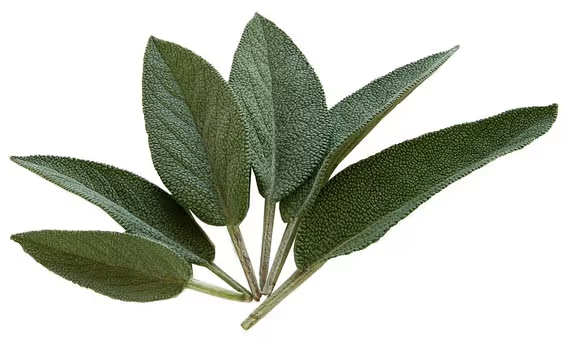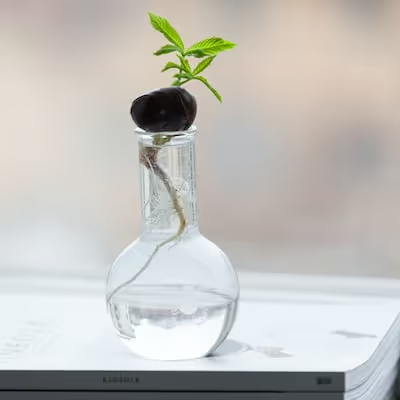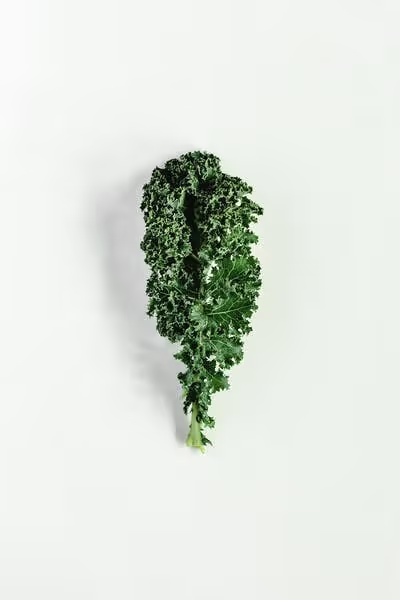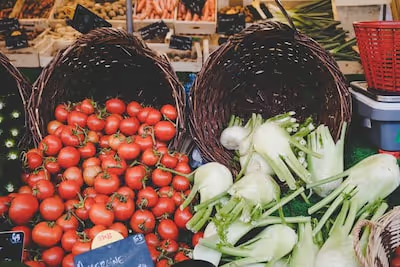Growing Yerba Buena: How to Cultivate a Healthy Herb Garden
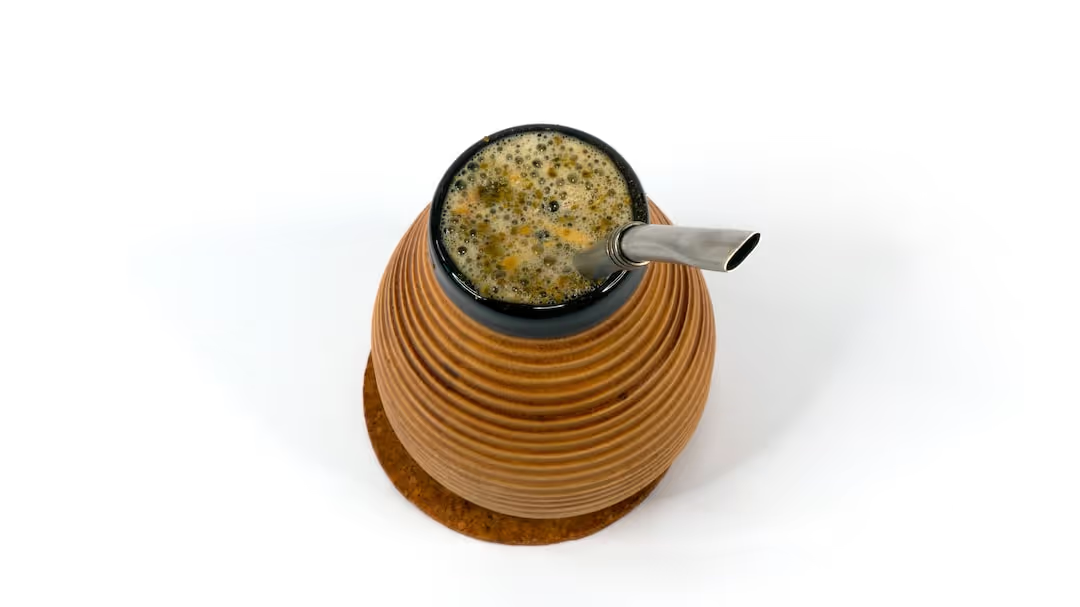
Growing Yerba Buena
Growing Yerba Buena begins with rich, loamy soil, partial shade, and steady moisture. Start by planting sturdy cuttings or seeds in spring, spacing them 12 inches apart to encourage lush growth. Keep your patch lightly trimmed to promote vigorous, minty-sweet foliage perfect for teas, cocktails, or herbal remedies—read on to cultivate your own homegrown botanical refreshment.
Cheatsheet: Yerba Buena Growing Made Simple
🌱 Choose Location
- Partial shade (4-6 hrs sun)
- Well-drained, moist soil
- Space plants 10–12 in / 25–30 cm apart
🧂 Soil Prep
- pH 6.0-7.5 (slightly acidic-neutral)
- Work in compost for nutrients
- Mulch to conserve moisture
🚿 Watering
- Keep soil moist, not soggy
- Water at base, morning best
- Reduce watering in winter
🌿 Propagation
- Start from cuttings or division for best results
- Roots quickly in water or moist soil
- Seed germination rare, slow
✂️ Pruning & Harvesting
- Trim tips to encourage bushiness
- Harvest before flowering for peak flavor
- Snip 1/3 at a time with clean shears
🐛 Pest & Disease Care
- Avoid waterlogged soil (root rot risk)
- Watch for aphids and mites; use insecticidal soap if needed
🧰 Tools and Products You'll Need
- Trowel
- Hand pruners
- Watering can or gentle hose
- Compost or organic fertilizer
- Mulch
- Yerba Buena starter plants or cuttings
🌟 Nutrition & Benefits
- Rich in menthol, rosmarinic acid, antioxidants
- Supports digestion, relaxation, immune health
- ~50g fresh leaves make 1L (quart) medicinal tea
💡 Quick Facts
- Yield: 2–4 harvests per season per plant
- Total time: 6–8 weeks to first harvest
- Prep time: 30 min setup
- Ongoing care: 5 min/week
- Estimated cost: $8–15/plant (soil, tools not included)
-
Growing Yerba Buena: How to Cultivate a Healthy Herb Garden
I tuck yerba buena under fruit trees where leaves drip after dawn and the soil stays cool. It rewards that kindness with glossy mats that smell like a mint tea stall at sunrise.
Know your plant first
Yerba buena usually means Clinopodium douglasii on the West Coast, a trailing mint-family native with round leaves and a clean, spearmint-leaning aroma. In the Philippines, the label can point to Mentha x villosa or local spearmint types, so I always check the Latin name on a tag before I buy.
Growing Yerba Buena well starts with this ID step, because light, heat, and spread vary by species. If in doubt, take a softwood cutting and test it side by side with known spearmint to compare aroma and vigor.
Light that keeps flavor vivid
Give morning sun and bright afternoon shade, or dappled light under a shrub canopy. In hot-summer zones, aim for 3 to 5 hours of direct sun, with temperatures below 90 F or 32 C during peak light.
Leaves tip-burn and oils flatten in blast-furnace patios. I use 30 percent shade cloth in July and August to keep leaves tender.
Soil that drains yet holds a sip
Mint kin like airy loam with steady moisture and a slightly acidic to neutral pH around 6.0 to 7.0. In containers, my mix is 50 percent high-quality potting soil, 30 percent fine compost, 20 percent perlite, plus a handful of aged bark for structure.
Garden beds get 5 to 8 cm of finished compost scratched into the top 10 cm, never deeper. This plant roots near the surface and hates buried crowns.
Watering that grows aroma, not mush
Soak deeply, then let the top 2 to 3 cm dry before you repeat. In my coastal plot that means every 3 to 4 days in summer and weekly in spring and fall.
A 2 to 5 cm mulch of shredded leaves keeps the root zone even. Skip thick, soggy bark that clings to stems.
Feeding for leaf, not lank
Too much nitrogen pushes floppy stems and dilutes oils. I feed lightly in spring with a slow-release organic 5-3-3 at label rate, then switch to monthly fish and kelp at half strength in warm months.
If leaves yellow between veins, add a pinch of sulfate of potash or wood ash tea to balance potassium. Keep it modest.
Spacing, groundcover, and container strategy
As a groundcover, space starts 30 to 45 cm apart. They knit in one season if water and shade suit them.
In pots, 25 to 35 cm wide with good drain holes works well. I prefer low, wide bowls to show off the trailing habit on a bench or wall.
Propagation that always roots
- Softwood cuttings: take 7 to 10 cm tips, strip lower leaves, dip in 0.1 to 0.3 percent IBA powder, and stick in perlite and peat 1 to 1. Keep at 68 to 72 F or 20 to 22 C with bright shade.
- Division: slice a shovel-wide clump with plenty of rooted runners in early spring or early fall, then replant at grade and water in.
- Layering: pin a flexible stem to moist soil with a U-shaped wire, cover with 1 cm of mix, and snip free after roots form in 3 to 5 weeks.
Cuttings stay truest to type and bounce fastest. Division gives instant coverage for path edges.
Pruning and harvest rhythm
Pinch tips every other week in spring for a thick mat. I shear lightly after first bloom to reset tender growth.
Harvest midmorning as dew dries. Use clean scissors and cut above a node to spark fresh branching.
Winter and heat care
Clinopodium douglasii handles light frost down to about USDA zone 7 with mulch. In pots, I move plants against a wall and wrap the container with burlap when nights hit 25 to 28 F or minus 4 to minus 2 C.
During heat spikes over 95 F or 35 C, give shade, add mulch, and water early. Scorched tips recover after a trim.
Pests and diseases I actually see
- Aphids on spring flush: rinse with a sharp water stream, then release lady beetles or use insecticidal soap.
- Spider mites in dry heat: raise humidity and use a light oil spray on the undersides every 7 days until leaf speckling stops.
- Slugs after rain: iron phosphate pellets and copper tape around low bowls save the day.
- Mint rust (Puccinia menthae): orange pustules under leaves signal it. Remove infected stems, improve airflow, and rotate to fresh soil in containers the next season.
- Powdery mildew in still, shady corners: thin stems and water early at the base. Milk sprays at 1 to 10 parts can help on mild outbreaks.
Extension IPM pages from UC and RHS mirror these tactics. Stick to integrated control and you keep flavor high and sprays low.
Lamiaceae clocks in at roughly 7,000 species worldwide, according to Royal Botanic Gardens, Kew. No surprise mint relatives adapt to almost every microclimate we throw at them.
Flavor notes and kitchen use
Yerba buena tastes clean with a hint of apple and wintergreen when grown cool and shaded. Hot patios push a sharper, menthol edge that suits iced tea and muddled drinks.
I bruise leaves with a pinch of sea salt for salsa verde. Fresh growth carries the brightest lift.
Buying guide: plants, pots, and the gear that helps
- Starts vs seed: true yerba buena is often sold as starts or divisions because seed mixes with other mints. Look for Clinopodium douglasii on the tag and a creeping, not upright, habit.
- Nursery pot size: a healthy 1-quart or 1-liter plant with multiple runners outgrows a 1-gallon bed in one season.
- Containers: pick 25 to 35 cm vented pots with a saucer you can remove. Breathable fabric pots excel in summer.
- Soil and amendments: choose a peat-free, bark-based mix plus perlite. Keep a small bag of fine compost for topdressing.
- Fertilizer: gentle, organic, slow-release pellets plus liquid kelp. Avoid high-N lawn foods.
- Irrigation: micro-drip rings or a simple oya in beds save water and keep leaves dry.
- Shade aid: a 30 percent shade cloth panel protects flavor during heat waves.
- Propagation kit: clean pruners, a small tub of rooting hormone, and a humidity dome make bottomless plants a reality.
Site design and companion plants
I edge paths with yerba buena under blueberries, dwarf citrus, and currants. The ground stays cool, moisture steady, and bees cruise the tiny white flowers.
- Good companions: strawberry, alyssum, borage, chives, and calendula.
- Avoid pairing with thugs like lemon balm unless you crave a mint riot. Give each its own pot or root barrier if vigor runs high.
Regional notes
- Coastal mild zones: partial shade, lighter mulch, watch for slugs.
- Inland heat: morning sun only, heavier mulch, and consistent drip. Summer cutbacks keep foliage fresh.
- Cold winters: grow in containers you can heel into leaves or move to a cold frame at 28 to 40 F or minus 2 to 4 C.
Drying, storing, and year-round supply
Dry at 95 to 105 F or 35 to 40 C until stems snap and leaves shatter cleanly. Store whole leaves in a dark jar and crumble at use so oils stay bold.
For fresh flavor in winter, I keep one pot under a bright window with a clip-on LED at 12 to 14 hours daily. Water lightly and trim often.
Safety and pets
Regular culinary mint relatives are widely used and typically well tolerated. Keep pets from grazing any herb bed, and avoid pennyroyal anywhere near the mix.
Quick ID checklist
- Creeping stems with rooting nodes at soil contact.
- Round, opposite leaves with a light fuzz and a minty-apple scent.
- Tiny white flowers in late spring to summer that draw small native bees.
Top alternatives and comparisons
- Corsican mint (Mentha requienii): tighter, micro-leaf carpet with strong menthol. Needs more moisture and shade.
- Spearmint (Mentha spicata): upright, bigger leaves, bolder flavor for cooking. Use a pot with a root barrier.
- Apple mint (Mentha suaveolens): fuzzy leaves and a softer note. Taller and thirstier.
- Chocolate mint (Mentha x piperita ‘Chocolate’): peppermint hybrid with cocoa hints. Great for desserts, prefers part shade.
Yerba buena wins for ground-hugging habit and refined flavor. The others shine in teas, syrups, and tall bouquets.
USDA and state extension sources place Clinopodium douglasii around zones 7 to 10, with best growth in cool-summer, part-shade sites. Always match microclimate to plant habit for dependable harvests.
Troubleshooting cheat sheet
- Leaves small and pale: feed lightly and move to brighter light.
- Scorched edges: add afternoon shade and water earlier.
- Leggy, sparse runners: pinch tips weekly and shear by one third after bloom.
- Musty off-flavor: improve drainage and reduce overwatering.
Field note that saved me seasons
I stopped fighting heat by adding water and started adding shade and air. Flavor bounced back in a week, and the plant stopped sulking like a line cook on a double shift.
Citations I trust for deeper reading
- Royal Botanic Gardens, Kew: family overview for Lamiaceae and species scope.
- USDA Plant Hardiness Zone guidelines for siting perennials.
- University extension IPM programs for mint pests and cultural controls.
- Calflora and regional native plant societies for Clinopodium douglasii habitat notes.
Frequently Asked Questions on Growing Yerba Buena
What's the optimal sunlight Yerba Buena demands?
Yerba Buena savors partial shade to filtered sunlight. Give it 4 to 6 hours of indirect sun daily for vigorous growth. Too much direct sun scorches leaves; too little ensures weak and leggy stems.
How frequently should Yerba Buena be watered?
Water generously, allowing the top soil layer to dry slightly between sessions. Avoid soggy soil or standing water; moisture moderation keeps your leaves vibrant and roots spry.
What soil conditions satisfy Yerba Buena best?
Rich, well-draining, organic-loaded soil suits Yerba Buena beautifully. Amend with compost or aged manure so roots stretch freely and nutrients flow abundantly.
Is Yerba Buena suited for container gardening?
Absolutely—containers accommodate Yerba Buena gracefully. Select wide, shallow pots sporting excellent drainage. Refresh the soil annually to maintain lively, productive plants.
Which pests pose threats to Yerba Buena?
Aphids, spider mites, and whiteflies crave the tender forks and aromatic leaves. Regular inspection, a gentle spraying of water, or an organic insecticidal soap dispels these persistent intruders.
When and how should Yerba Buena be harvested?
Harvest in the early morning, plucking sprigs gently to encourage fresh growth. Regular harvesting prompts bushier growth and irresistibly flavorful leaves throughout your growing season.
Can Yerba Buena survive cold winter climates?
Yerba Buena tolerates mild cold but resents frost's harsh touch. In colder regions, cozy it indoors or use mulch adequately outdoors to shield roots through winter's chill.
Growing Yerba Buena isn’t about chasing perfection—it’s about understanding what this fragrant herb needs and giving it honest care. Good soil, steady moisture, and filtered sunlight are the pillars. Give yerba buena room to spread, snip regularly, and watch it reward you with fresh, aromatic leaves all season. If you’re hungry for a garden that keeps on giving, think about pairing it with vigorous herbs like lemon balm or pineapple sage for a patch that hums with flavor and life. In the end, a healthy herb garden comes down to trust—trust in the plant, and trust in yourself to listen. The results speak for themselves: bright, lively flavor ready for your next tea, salad, or simple moment of calm.
The Homesteader's Take: Yerba Buena for Health & Self-Sufficiency
Medicinal Uses & Home Remedies
- Digestive Aid: Steep fresh leaves (5-7 leaves per cup) in hot water for 5-10 min; sip after meals to calm stomach discomfort.
- Respiratory Relief: Infuse 1 handful leaves in boiling water; inhale steam for 10 min to soothe congestion and reduce symptoms of colds.
- Pain & Headache Relief: Crush fresh leaves into a paste; apply directly to temples or affected area, leave on 15 min for natural pain relief.
Natural Pest Control Companion
Yerba Buena releases aromatic oils repelling aphids, cabbage moths, ants and fleas. Interplanting reduces chemical pesticide dependence by up to 30%.
Preservation & Storage for Year-Round Use
- Drying Method: Air-dry bundled stems upside-down in airy, shaded area for 2 weeks. Store dried leaves in dark, airtight container; shelf-life 12 months.
- Freezing Method: Finely chop fresh leaves; mix with small amount of water, freeze in ice cube trays. Keeps potency and aroma for 6 months.
Yerba Buena Nutritional Quick Facts
- Rich in antioxidants; supports immune system health.
- Contains menthol, beneficial for respiratory function.
- Excellent source of vitamin A (boosts vision) and iron (supports energy metabolism).
Find out which plants will thrive in your garden!
Answer a few fun questions and get custom plant recommendations perfect for your space. Let’s grow something amazing together!

start your season
